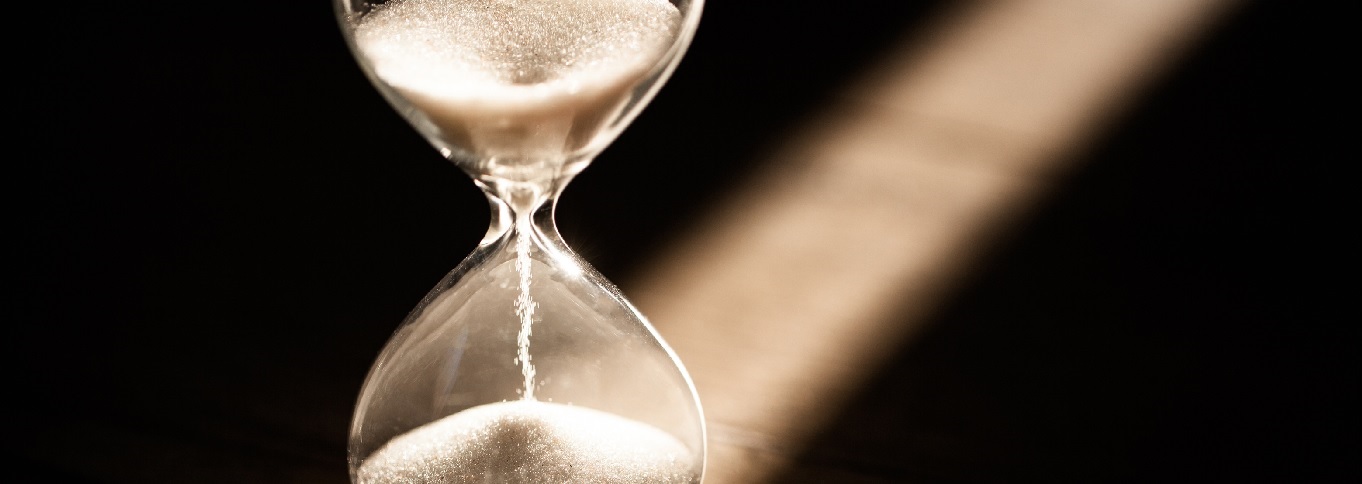Timing is everything
Case study
Check the clocks, phones, or computers around the house and you will probably find the time varies slightly among them. It's no big deal in normal daily life, but there are situations where precision timing could mean the difference between life and death.

At a glance
- Precision timing can mean the difference between life and death
- Precision timing will be increasingly crucial in the future as the foundation for autonomous vehicles and earthquake prediction, according to the country’s national metrology institute
- MSL is working towards providing an alternative to GPS which uses timing signals in optical fibres instead of from satellites in space.
(Precision) timing is everything
In New Zealand, responsibility for maintaining precise time rests with the Measurement Standards Laboratory (MSL) ‒ the country’s national metrology institute.
Operating within Callaghan Innovation, MSL is responsible for New Zealand Standard Time and providing accurate timing for New Zealand users.
MSL works on precision timing with a range of different industries and organisations where getting it right is vitally important, including the NZ Police. The NZ Police's calibration laboratory looks after the network of speed cameras and radar guns across the country to ensure their accuracy and MSL, in turn, provides calibration services to the police laboratory.
Precision timing key to future tech breakthroughs
Precision timing will be critical for future applications such as autonomous vehicles and earthquake prediction, says Adam Dunford, Senior Research Scientist responsible for Time Standards at MSL.
“Autonomous vehicles often use high precision GPS to get them from A to B. They are like computers on wheels,” says Dunford. “While a human driver can make adjustments based on what they see, the art of ‘seeing’ can be quite troublesome for autonomous cars.”
“From a timing point of view, there are sudden things about driving at high speed, such as a truck swerving close to your lane, that are horribly dangerous.”
Earthquakes are another area where precision timing is likely to play an increasingly important role. Before and during an earthquake, seismologists track how the land moves to get an idea of what is happening and to better understand what might happen in the future.
“Historically, the radio ‘pips’ were used by seismologists as a reference but as accuracy has improved, they have been surpassed and now it’s better to use GPS.”
Developing a GPS alternative
Knowing exactly where a piece of land – or an autonomous vehicle – is, can be treated as a question of timing. Because distance, time and speed are related, the time it takes signals from three or more “known” locations to reach someone, can be used to work out where an individual is (or a car or piece of land). GPS uses the timing of signals from satellites, whose orbits are very precisely known.
MSL is working towards providing an alternative to GPS which uses timing signals in optical fibres instead of from satellites in space.
“The more accurately time can be delivered, the better the accuracy of position,” says Dunford.
“GPS is great but it’s not within New Zealand’s control. If we lost access to GPS or its satellites, or its accuracy was degraded, it could be a problem,” says Dunford.
If it is successful in finding an alternative solution, MSL could provide a vital back up if the satellites went down.
“The reason we exist is so people can rely on us.”
